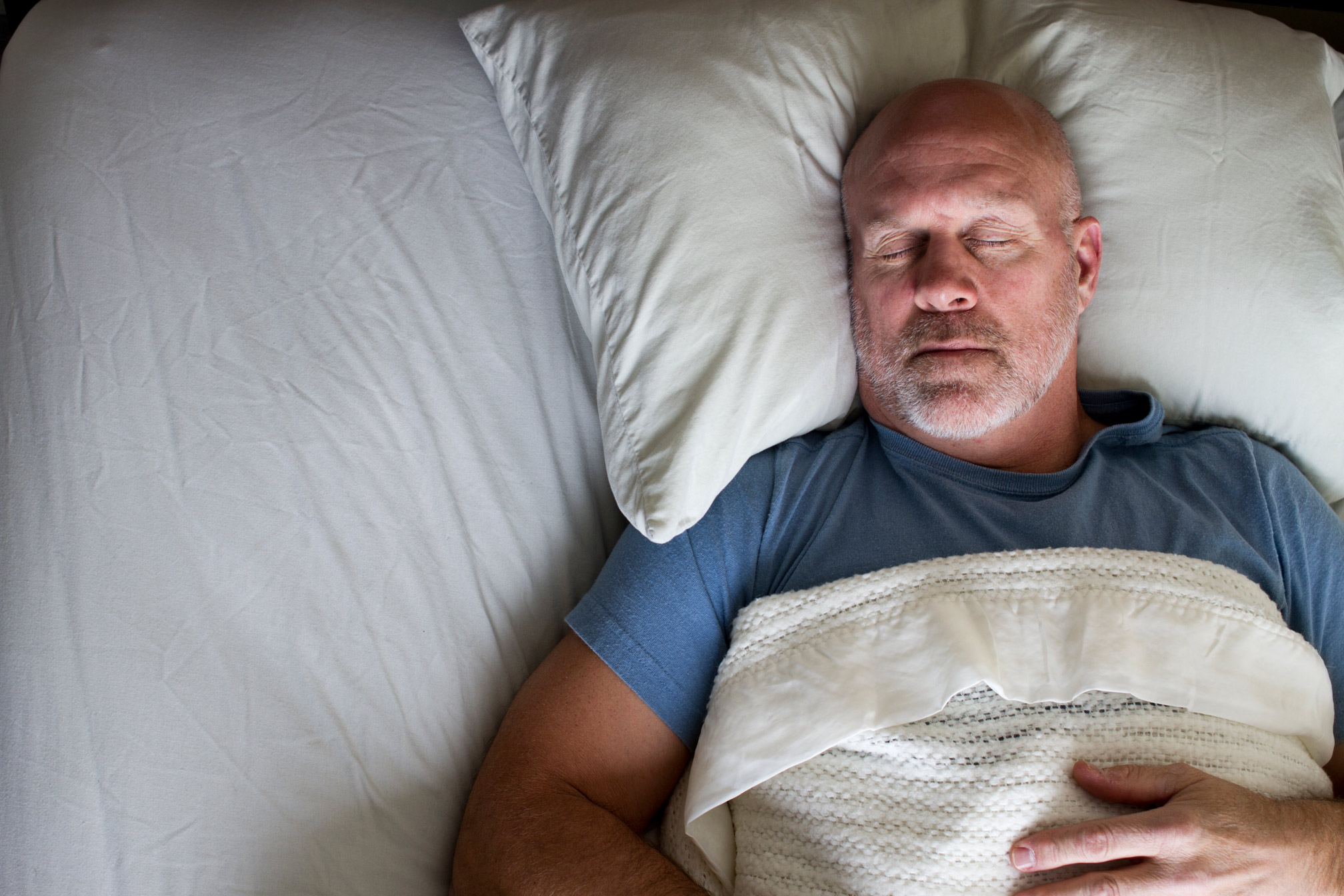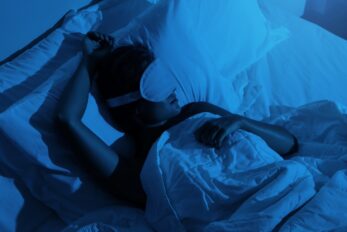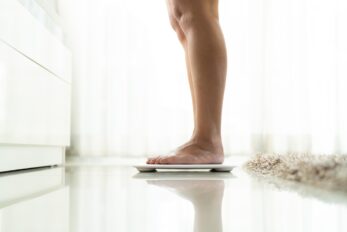When you think of sleep apnea treatment, you probably think of the oxygen mask and tubing we see in airplane safety demonstrations: CPAP machines. While CPAP machines are one of our favourite treatments for sleep apnea, they aren’t our only one. In fact, an increasing number of mask-free alternatives have begun to hit the marketplace, providing sleep apnea patients with a greater variety of choices and relief.
Meet the Philips NightBalance—a mask-free, prescription-based therapy treatment for positional sleep apnea patients.
How is positional sleep apnea different from regular sleep apnea?
In patients with sleep apnea, the throat muscles relax and partially collapse, causing a narrowing of the throat when you sleep; this narrowing then causes a restriction of airflow. Not only will this restriction cause you to wake up throughout the night, but the lack of oxygen will also deprive your brain and blood cells of oxygen, contributing to more serious conditions like heart attacks and strokes.
In “regular” sleep apnea, it doesn’t matter what position you sleep in—the symptoms persist. But in positional sleep apnea, the symptoms subside depending on your sleep position. If you’re a back sleeper and suffer from positional sleep apnea, chances are the airway restriction will ease when you roll over onto your side.
The good news: It’s estimated that positional sleep apnea occurs in almost half of all people experiencing sleep apnea—meaning it can be treated by side sleeping. Of course, if you go to sleep on your side and frequently wake up on your back, you may just need a little help. This is where NightBalance comes in!
What is NightBalance and how does it work?
NightBalance is a compact, wearable sensor device that fits into a soft, adjustable strap that wraps around your chest. If the device detects that you are back-sleeping, it prompts you to adjust onto your side by delivering gentle vibrations. These vibrations won’t stop until you’ve rolled over onto your side. NightBalance comes complete with a tracking app that records and synchronizes your sleep data on a nightly basis, allowing you to monitor your side-sleeping progress over time.
Additionally, NightBalance comes with an adaption program that gradually adjusts you to the therapy treatment. For the first two nights, the device monitors your sleep but does not provide any vibrations. During the next six nights, vibrations are gradually introduced to help you become acclimatized to the sensation. After ten days and onward, the device delivers the full treatment when needed.
If you struggle with apnea or have difficulty sleeping, we would love to hear from you. Book a complimentary sleep consultation and we’ll get you on your way to sleeping better.
We wrote this post with reference to a journal on PubMed Central®. You can read the full journal here.






